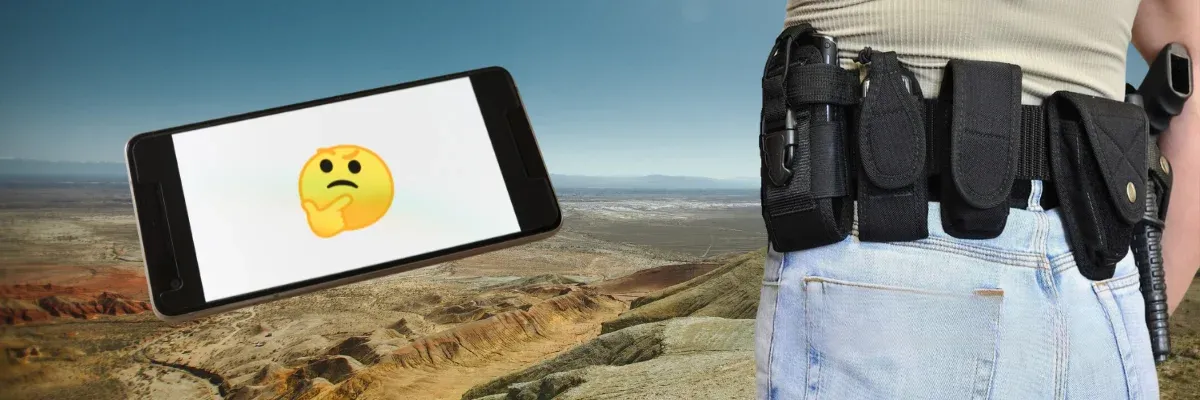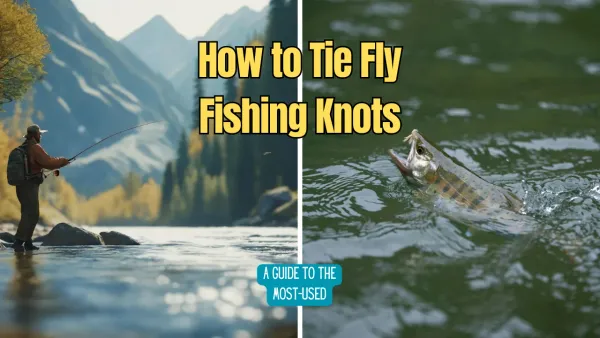When it comes to gearing up for a day in law enforcement, security, or even a tactical hobbyist's outdoor adventure, the choice of belt can make a significant difference in comfort and functionality. While they may look similar to the untrained eye, duty belts and tactical belts serve different purposes and are designed with specific features in mind. Let's delve into the nuances that set these belts apart.
Key Takeaways:
- Understand the distinct purposes of duty belts and tactical belts.
- Learn about the design features that differentiate these belts.
- Discover which belt type is best suited for specific professional or personal needs.

The Purpose of Duty Belts
Duty belts, often referred to as police duty belts, are an essential part of a law enforcement professional's uniform. They are designed to hold essential gear such as handcuffs, radios, batons, and firearms. These belts are typically made of high-quality materials like leather or nylon and are meant to withstand the rigors of everyday wear while on the job. The primary advantage of a duty belt is its ability to organize and provide quick access to the tools officers need to perform their duties effectively.

Tactical Belts: Designed for Versatility
On the other hand, tactical belts, sometimes known as battle belts or rigger’s belts, are designed with a broader range of uses in mind. They are favored by military personnel, outdoor enthusiasts, and private security for their ability to carry heavy equipment over extended periods. Tactical belts often feature MOLLE (Modular Lightweight Load-carrying Equipment) systems, which allow for the attachment of various pouches and accessories. They are typically wider than duty belts and may include features like quick-release buckles for rapid donning and doffing.

Material Matters: Leather vs. Nylon
The choice of material is a significant factor when comparing duty belts and tactical belts. Traditional gun belts, including many duty belts, are often made of leather, which is highly durable and offers a professional appearance suitable for uniform wear. Leather gun belts may also include reinforced stitching for added strength. In contrast, modern gun belts, including many tactical options, are usually made of heavy-duty nylon, which provides flexibility and resistance to the elements.
Belt Loops and Widths
Duty belts are designed to fit through the belt loops of standard dress pants or uniform trousers, ensuring they stay in place throughout a shift. They typically have a standard belt width that is compatible with the holster and other equipment law enforcement professionals carry. Tactical belts, however, may have varying belt widths to accommodate the carrying of heavy equipment and may be worn as an outer belt over another layer, such as a concealed carry belt or an everyday carry (EDC) belt.
Buckles and Fastening Systems
The buckle is another area where duty belts and tactical belts differ. Duty belts often use traditional buckles that provide a secure fit and can support significant weight. Tactical belts may feature specialized buckles, such as the cobra buckle, which offers a quick release mechanism, making them good tactical belts for situations where gear needs to be removed swiftly.
Carrying Equipment: Duty vs. Tactical
Duty belts are designed to carry equipment that law enforcement professionals need for their everyday duties. This includes items like extra magazines, a radio, a baton, and a holster for safely carrying a firearm. Tactical belts, with their heavy-duty use in mind, are built to hold equipment like utility pouches, knife sheaths, and even plate carriers, providing a versatile platform for carrying all the essential tools and other gear needed in the field.
Comfort and Durability for Extended Use
Comfort is crucial for both duty and tactical belts, as they are often worn for extended periods. Duty belts must balance comfort with the need to carry equipment securely, while tactical belts are designed with padding and additional support to distribute the weight of heavy equipment evenly. Both types of belts are made to be highly durable, but tactical belts are typically built to endure more rugged conditions.
Personal Preferences and Everyday Wear
While duty belts are a standard part of a law enforcement uniform, tactical belts offer more flexibility for personal preferences. They can be customized with various attachments and are suitable for concealed carry, making them a popular choice for private security and civilians alike. For those who carry equipment regularly but are not in law enforcement, a good tactical belt can be an excellent investment for everyday wear.
Security Personnel and Outdoor Enthusiasts
Security personnel often opt for tactical belts due to their ability to carry a wide range of tools and the ease of customization. Outdoor enthusiasts also appreciate the versatility and durability of tactical belts, as they can hold equipment securely while hiking, climbing, or engaging in other outdoor activities.

Summary
In summary, the main difference between a duty belt and a tactical belt lies in their intended use, design, and the type of equipment they are meant to carry. Duty belts are an integral part of a law enforcement officer's uniform, designed to hold essential gear for everyday duties. Tactical belts, with their heavy-duty construction and modular design, cater to a wider audience, including military personnel, security professionals, and outdoor enthusiasts. Understanding these differences is crucial for choosing the right belt for your professional or personal needs.

FAQs
Can a tactical belt be used as a duty belt?
While a tactical or battle belt can technically hold similar equipment to a duty belt, it may not always fit the uniform regulations of a law enforcement agency. Tactical belts are generally wider and designed for heavy-duty use, which might not be suitable for everyday law enforcement duties.
Are leather gun belts better than nylon belts?
The choice between a leather and nylon gun belt depends on personal preferences and the intended use. Leather belts offer a classic, professional look and are highly durable, making them suitable for law enforcement officers. Nylon belts are more flexible and weather-resistant, ideal for tactical situations and outdoor activities.
What is the primary advantage of a duty belt over a regular belt?
The primary advantage of a duty belt over a regular belt is its ability to organize and carry essential law enforcement tools securely and accessibly. Duty belts are specifically designed to support the weight and distribution of police gear, unlike regular belts, which are not made to carry such equipment.









